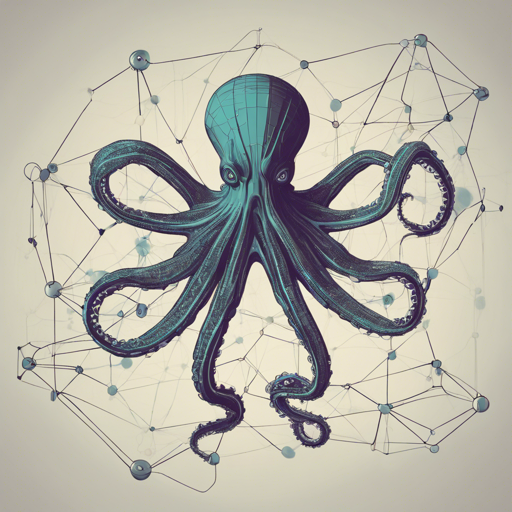Welcome to our guide on Octopus V4, an innovative language model by Nexa AI that represents the future of artificial intelligence in language processing. Designed with a focus on operational efficiency and accuracy, Octopus V4 is an open-source model with 3 billion parameters that serves as a master node in a network of specialized language models. This guide will walk you through the essential steps to utilize Octopus V4 effectively.
Getting Started with Octopus V4
Before diving into technical details, let’s explore the capabilities of Octopus V4. Think of it as a conductor of an orchestra, ensuring that each musician (or specialized model) plays its part at the right time based on the audience’s needs (the user queries). By properly formatting and routing user requests, Octopus V4 can generate precise and effective responses.
Installation: Prepare Your Environment
If you want to run Octopus V4 on your device, you will first need to have it set up correctly. Here’s how you can do it:
- Ensure you have Python and the necessary libraries installed, including
torchandtransformers. - Download the quantized models from the Hugging Face repository, which are available in gguf format.
Running the Model
To demonstrate how to run the model, consider the following code snippet:
import torch
from transformers import AutoModelForCausalLM, AutoTokenizer
import time
torch.random.manual_seed(0)
model = AutoModelForCausalLM.from_pretrained(
"NexaAIDev/Octopus-v4",
device_map="cuda:0",
torch_dtype=torch.bfloat16,
trust_remote_code=True
)
tokenizer = AutoTokenizer.from_pretrained("NexaAIDev/Octopus-v4")
question = "Tell me the result of derivative of x^3 when x is 2?"
inputs = "You are a router. Below is the query from the users, please call the correct function and generate the parameters to call the function."
print("Generating response...")
# Generate the response
input_ids = tokenizer(inputs, return_tensors='pt')['input_ids'].to(model.device)
generated_token_ids = []
start = time.time()
for i in range(200):
next_token = model(input_ids).logits[:, -1].argmax(-1)
generated_token_ids.append(next_token.item())
input_ids = torch.cat([input_ids, next_token.unsqueeze(1)], dim=-1)
if next_token.item() == 32041: # Assuming 32041 is the end token
break
print(tokenizer.decode(generated_token_ids))
end = time.time()
print(f'Elapsed time: {end - start:.2f}s')This code serves as an example of how Octopus V4 can be queried to perform a specific task. In this case, the model is asked to calculate the derivative of a mathematical function.
Example Use Case
Let’s look at a real-world example of how Octopus V4 operates:
- Query: “Tell me the result of derivative of x^3 when x is 2?”
- Response: The model processes this and provides a detailed explanation that includes how to find the derivative and its implications in mathematics.
Troubleshooting Tips
As with any technology, you may encounter some challenges while using Octopus V4. Here are some troubleshooting ideas:
- If you are facing issues with compatibility, ensure that your software dependencies are up-to-date.
- For slow response times, consider optimizing your GPU settings or reducing the length of your queries.
- If the model does not output the expected response, check that the input format adheres to the model’s specifications.
- For more guidance, connect with the community in forums or check Nexa AI’s official website.
- For more insights, updates, or to collaborate on AI development projects, stay connected with fxis.ai.
Conclusion
Incorporating Octopus V4 into your AI toolkit can amplify your capability to process natural language queries with remarkable efficiency and accuracy. By following the steps outlined above, you’ll be well on your way to leveraging the full potential of this advanced language model.
At fxis.ai, we believe that such advancements are crucial for the future of AI, as they enable more comprehensive and effective solutions. Our team is continually exploring new methodologies to push the envelope in artificial intelligence, ensuring that our clients benefit from the latest technological innovations.

